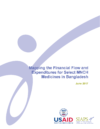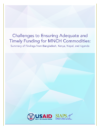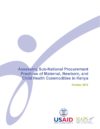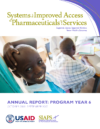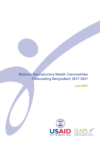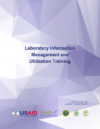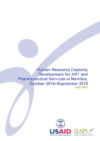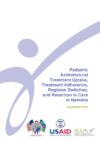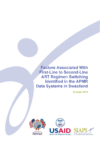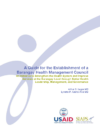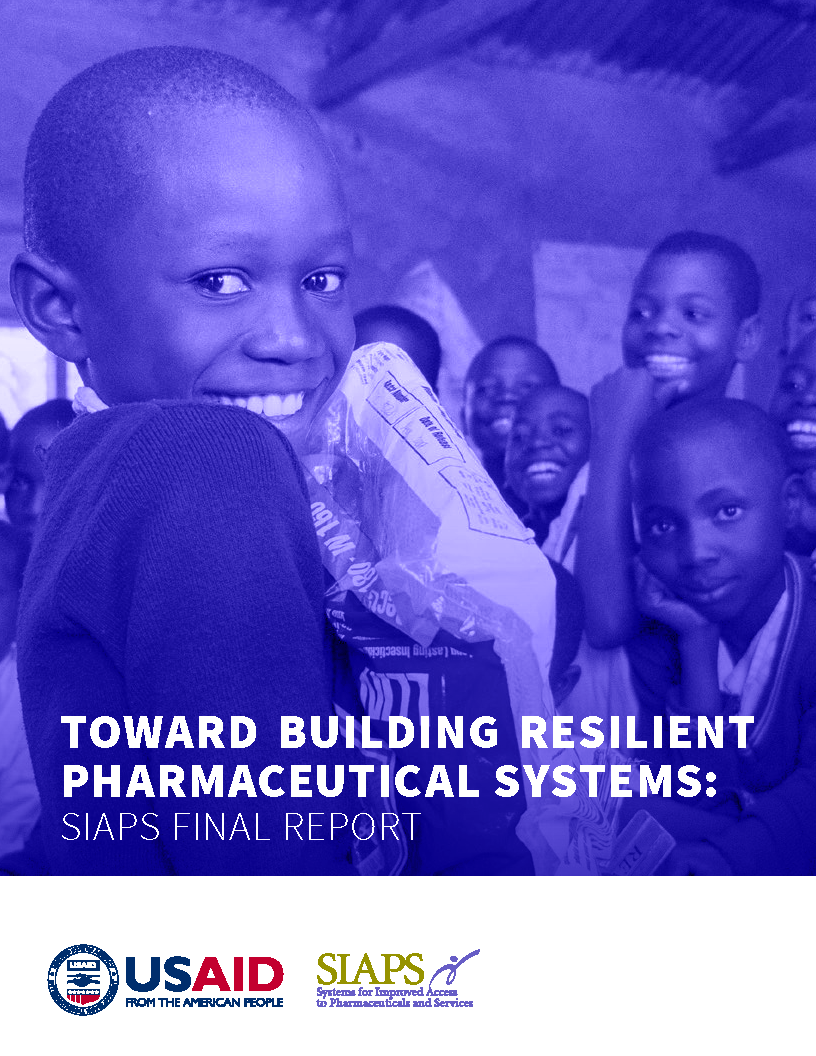Since the report of the United Nations Commission on Life-saving Commodities for Women and Children (UNCoLSC) was published in 2012, much has been done to highlight the challenges countries face in ensuring the availability of essential commodities and to create resources to assist countries in this endeavor. In most settings, these commodities are procured with government … Read more
As countries pursue the maternal, newborn, and child health (MNCH) targets established under Sustainable Development Goal 3, they will need to ensure the continuous availability of essential health commodities to prevent and treat the conditions that cause morbidity and mortality in those groups. Since the report of the United Nations Commission on Life-Saving Commodities for … Read more
The SIAPS Program works at both the global and country levels to improve pharmaceutical management systems that increase access to quality medicines. SIAPS has developed a methodology to assess sub-national procurement practices. This methodology was used in Kenya to assess county-level procurement practices for essential maternal, newborn, and child health (MNCH) commodities and to study … Read more
To learn more about SIAPS program activities worldwide, please read our annual report for program year 6.
In 2012, SIAPS supported the Directorate General of Family Planning (DGFP) in conducting a five-year (2012-2016) forecasting exercise for reproductive health commodities and built the technical capacity of DGFP officials to manage the forecasting processes and analyze the FP2020 indicators pertinent to stock availability. SIAPS also assisted DGFP in forming the multi-stakeholder Forecasting Working Group (FWG) … Read more
The training materials in this compilation were developed by technical advisors from SIAPS. The training was conducted in November 2014. This will serve as a guide for trainings in LIMU. Sessions follow the spectrum of information management from data organization, analysis, and interpretation to the utilization of information for information sharing, planning, and decision making. … Read more
SIAPS Namibia applied the capacity building approach to support the Ministry of Health and Social Services to enhance the capacity of two local training institutions—UNAM-SoP and the NHTC—to train pharmacists and PAs, respectively. With SIAPS technical assistance for defining a career path for PAs, UNAM-SoP started training pharmacy technicians, a new cadre in Namibia. SIAPS also … Read more
In Namibia, a preliminary review of EDT records suggests that children form a small proportion of the patients accessing ART in any given setting, nationally composing 8% of the patients on ART in the MoHSS facilities. Over the years, managing children has been complicated with formulations that have not been friendly for children, complicated regimens, and … Read more
In Swaziland, many observations have revealed that approaches to using the patient and logistics data from the Antiretroviral Therapy Patient Monitoring and Reporting (APMR) and RxSolution data systems were not always comparable, and results of data analysis from these electronic systems have not been adequately incorporated into decision-making processes. To bridge such gaps, a capacity-building … Read more
The concept of a Barangay Health Management Council (BHMC) was developed by a working group comprising technical advisors from SIAPS and health staff from the Quezon City Health Department in late 2011. The BHMC initiative aims to strengthen the delivery of services under the national tuberculosis (TB) control program (NTP) in poor urban communities. This … Read more
